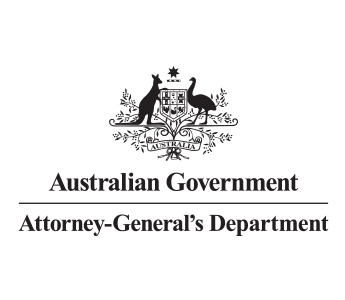Managerial, independent or expert oversight
Summary
Make sure a manager, independent person or expert oversees actions and decisions. Involving multiple people in actions and decisions increases transparency and reduces the opportunity for fraud.
Why this countermeasure matters
Allowing certain actions or decisions without managerial, independent or expert oversight can lead to:
- actions and decision-making not being performed correctly
- less visibility of fraud and corruption risks
- less action and accountability to prevent, detect and respond to fraud and corruption
- staff or contractors taking advantage of positions of trust to act corruptly, commit fraud and avoid exposure
- staff or contractors being coerced to commit fraud for someone else.
How you might apply this countermeasure
Some ways to implement this countermeasure include:
- managers oversee staff activities such as work output, timesheets and travel
- probity advisors review and sign-off procurement milestones
- contract managers oversee contract requirements, such as reporting on software development milestones
- security advisors oversee physical security arrangements.
How to check if your countermeasures are effective
Here are some ways to measure the effectiveness of this type of countermeasure:
- confirm the existence of processes to support transparent actions and decision-making
- confirm that managerial, independent or expert oversight exists for critical actions or decisions
- confirm clear reporting lines and separation of duties exist
- review a sample of decisions to confirm independent or expert advice was obtained
- review workflows to make sure the involvement/oversight of a manager, independent person or expert
- review the volume of actions and decisions to determine if sufficient oversight is possible
- assess the level of independence of independent persons or the expertise of experts
- review reporting and reconciliation processes
- undertake a staff census and include questions relevant to supervisor oversight
- review APSC Census Results if you are Commonwealth entity.
Related countermesaures
Establish governance, accountability and oversight of processes by using delegations and requiring committees and project boards to oversee critical decisions and risk. Good governance, accountability and oversight increases transparency and reduces the opportunity for fraud.
Clearly document decision-makers using delegations, authorisations and instructions. Clearly defined decision-making powers increase transparency and reduce the opportunity for fraud and corruption.
Adequately resourced prevention and compliance areas enable entities to perform effective countermeasures.
Legislation and policy can help prevent, detect and respond to fraud, such as by outlining clear rules, regulations and criteria, allowing entities to collect, use and disclose information and allowing entities to enforce penalties and recover fraud losses.
Develop clear instructions and guidance for activities and processes, such as instructions for collecting the right information to verify eligibility or entitlements, procedures to help staff apply consistent and correct processes and guidance to help staff make correct and ethical decisions.
Internal or external audits or reviews evaluate the process, purpose and outcome of activities. Clients, public officials or contractors can take advantage of weaknesses in government programs and systems to commit fraud, act corruptly, and avoid exposure.

